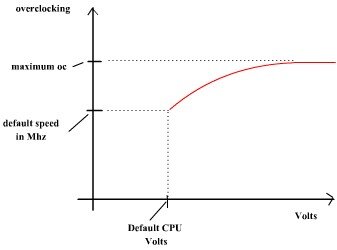Wouldn't anything under 40C be stable?
No. This is why people do LN2 experiments and run DIY phase change - it gets you better overclocks. That is an extreme example but you get the idea.
Alienhack, I made the assumption that people would understand that you can't just put 50 volts through your core no matter how cold it is. That's a fairly safe assumption to make I think.
Anyway the whole concept you wanted to pass IMOG about the original question of whether the pelts are any good, is that they do allow you to feed your cpu more volts with safety , thus increasing your oc (cause more volts mean more oc) . Isnt that what you wanted to point out? Well the safety part is true, not the oc though.
Right, thanks for trying to see my point.
Doc explained why the OC part of this relation is true. It's a better explanation than what you can get most anywhere else, and I won't bother trying to explain it better, as I couldn't.
The way I look at it... The best overclock a chip can get is with temporary LN2 cooling. You will never find the limit of any chip on air cooling or watercooling. Even if you have a crappy overclocker, if you get your chip cold enough, it will produce slightly better.
Construction-physical limit? Sure some chips seem to have a very hard time at a given Vcore and FSB/multi settings, but give it considerably better cooling and a little more juice and you might be suprised to find the limit just isn't really there.
If you are trying to say that higher voltages shouldn't be used, because you are rolling the dice with the life of your chip - you might be right. At the same time though, we are overclockers and there are plenty of people who have ran with considerably high vcore's for over a years worth of time. YMMV always plays into things though.

